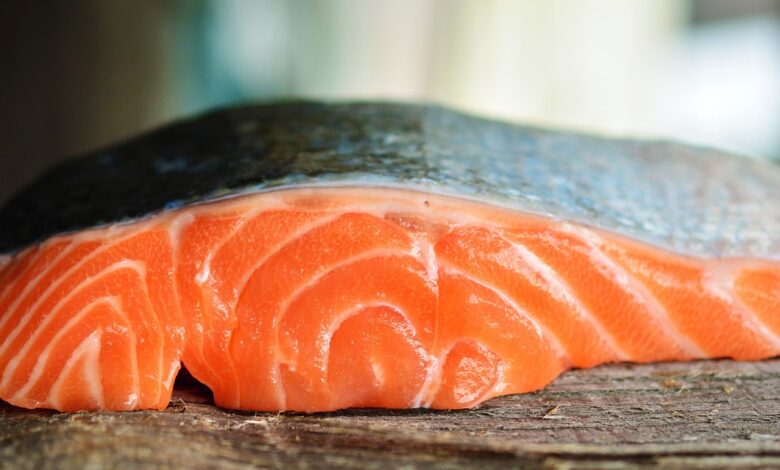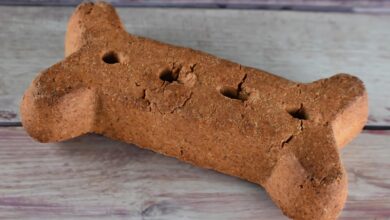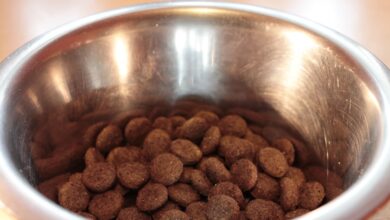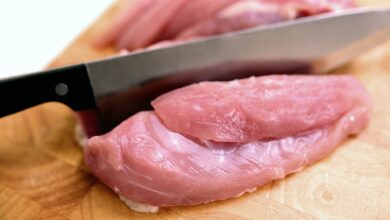Cold-Pressed Dog Food: A Guide for Labrador and Retriever Owners
Find out all there is to know about diet

BY BERNADETTE ROBERTS
Cold-pressed dog food is becoming an increasingly popular alternative to traditional kibble due to its nutritional benefits and gentle processing methods. This guide will explain what cold-pressed food is, how it’s made, stored, shipped, and why it may benefit your Labrador or Retriever.
What is Cold-Pressed Dog Food?
Cold-pressed dog food is a dry, nutrient-dense alternative to kibble, made by gently pressing natural ingredients at lower temperatures (typically below 75°C/167°F). This preserves more of the natural vitamins, minerals, and enzymes compared to standard kibble, which is often processed at extremely high temperatures.
Unlike traditional kibble, which expands in the stomach, cold-pressed food breaks down slowly, aiding digestion and nutrient absorption.
How is Cold-Pressed Dog Food Made?
Sourcing Ingredients – High-quality meat, fish, vegetables, fruits, and healthy oils are selected for their nutritional value.
Mixing – The ingredients are finely ground and mixed together into a balanced formula.
Cold-Pressing Process – Instead of using high heat (which can destroy nutrients), the food is gently pressed at lower temperatures, keeping more of the natural enzymes, proteins, and nutrients intact.
Shaping & Drying – The food is pressed into bite-sized pellets and gently dried to remove excess moisture while preserving freshness.
Packaging – The final product is packaged in airtight bags to maintain quality and prevent spoilage.
How is Cold-Pressed Dog Food Stored?
In a cool, dry place: Keep it in a sealed container away from heat and moisture.
No refrigeration needed: Unlike raw food, cold-pressed food remains stable at room temperature.
Longer shelf life than raw food: Typically lasts 6-12 months if stored properly.
How is Cold-Pressed Dog Food Shipped?
Similar to kibble shipping – It is lightweight, compact, and easy to transport.
Vacuum-sealed packaging prevents moisture exposure during transit.
Eco-friendly brands often use biodegradable packaging.
What is Cold-Pressed Dog Food Made Of?
Cold-pressed dog food typically contains:
- High-quality proteins (e.g., chicken, beef, salmon, duck, or lamb).
- Natural fats & oils (e.g., salmon oil, flaxseed, coconut oil) for coat & joint health.
- Fruits & vegetables (e.g., carrots, apples, blueberries, spinach) for vitamins & antioxidants.
- Essential minerals & probiotics for digestive health.
- Grain-free or whole-grain options, depending on the brand.
Health Benefits for Labradors & Retrievers
Labradors and Retrievers can greatly benefit from cold-pressed food due to their prone health issues like joint problems, obesity, and digestive sensitivity.
Better Digestion
Cold-pressed food breaks down gently in the stomach instead of swelling like kibble, reducing bloating risks.
Easier on sensitive stomachs, making it ideal for dogs prone to food intolerances.
Improved Nutrient Retention
More natural enzymes, vitamins, and minerals remain intact due to lower processing temperatures. Has a higher bioavailability of nutrients that help support muscle development and energy levels.
Supports Joint Health
Many cold-pressed formulas include glucosamine, chondroitin, and omega-3s, crucial for Labrador & Retriever joint support.
Shinier Coat & Healthier Skin
Cold-pressed food retains natural oils and essential fatty acids, reducing dry skin and excessive shedding.
Weight Management
More nutrient-dense and digestible, which helps maintain a healthy weight in Labs prone to obesity.
Reduced Risk of Allergies
Often free from artificial preservatives, fillers, and additives, making it a great option for dogs with food sensitivities.






